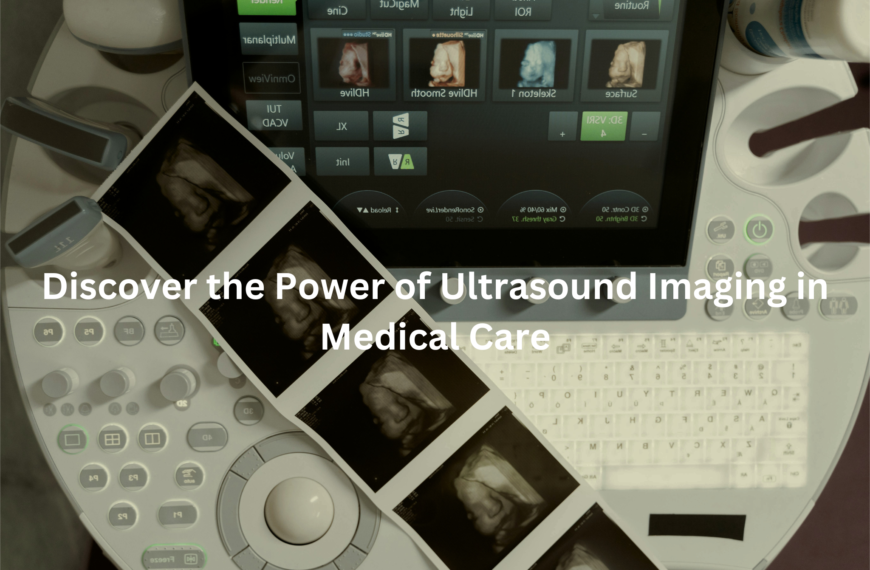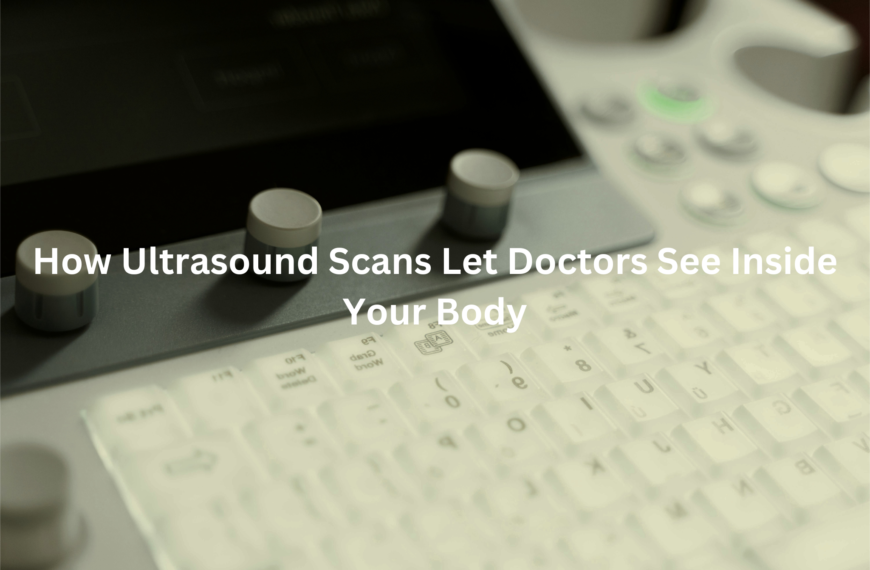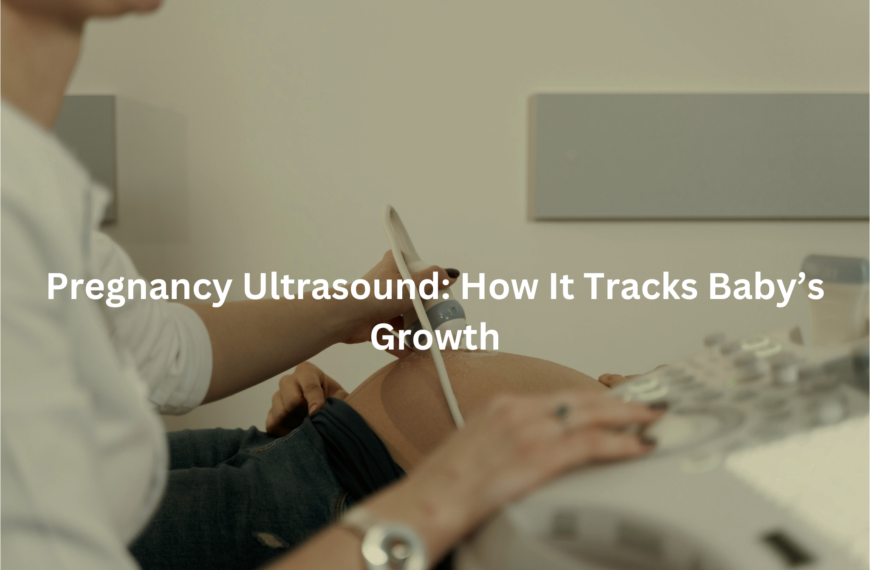Get a clearer look at your breast health with digital mammograms. Learn how they work, who needs them, and why they’re safer.
Digital mammograms use advanced imaging technology to detect breast cancer early with greater accuracy and lower radiation exposure. Unlike traditional X-rays, they produce clearer images, making it easier to identify abnormalities, especially in dense breast tissue.
Recommended for women aged 40 and over, digital mammograms support early diagnosis, improving treatment outcomes and survival rates.
Key Takeaways
- Higher accuracy: Digital images provide clearer results, reducing false positives and unnecessary biopsies.
- Lower radiation exposure: Safer than traditional X-rays while maintaining high-quality imaging.
- Better detection for dense breasts: Essential for women with dense breast tissue, where cancer is harder to spot.
What is Digital Mammography?
Mammograms have been around for decades, but digital mammography has changed the way breast cancer is detected. Instead of using film, digital mammograms convert X-rays into electronic signals that create high-resolution images on a screen. This makes it easier to detect abnormalities, especially in dense breast tissue.
There are two types:
- 2D mammograms – These take flat images of the breast.
- 3D mammograms (tomosynthesis) – These capture multiple layers, providing a clearer and more detailed view.
For women with dense breasts or a family history of breast cancer, 3D mammograms can improve accuracy and reduce the need for follow-up tests.
Who Should Get a Digital Mammogram?
Screening guidelines can feel a bit unclear, but generally, doctors recommend routine mammograms for:
- Women aged 40 and over – Most guidelines suggest starting annual screenings at 40, though some say 45 or 50 is fine if there are no risk factors.
- Women with high-risk factors – This includes those with a strong family history of breast cancer, genetic mutations (like BRCA1 or BRCA2), or a personal history of breast abnormalities.
- Women with dense breasts – Dense breast tissue can make it harder to spot cancer on a standard mammogram. Digital imaging helps, but additional tests might be needed.
It’s always best to talk to a doctor about individual risk factors. Some women might need earlier or more frequent screenings.
How Digital Mammograms Work
The process itself is straightforward, though not always comfortable. Here’s what to expect:
- Positioning – A radiographer will place one breast at a time between two plates on the mammogram machine.
- Compression – The plates press together to spread out the breast tissue. This part can be a little uncomfortable but only lasts a few seconds.
- Imaging – The machine takes high-resolution X-ray images, which are sent to a computer for analysis. A radiologist then examines them for any suspicious changes.
Digital mammograms use lower radiation doses than traditional film mammograms, making them a safer option. The images are also stored electronically, so doctors can compare them to past scans more easily. (1)
Benefits of Digital Mammography
Why go digital? The benefits go beyond just convenience:
- Sharper images mean better detection – Digital images can be enhanced and zoomed in on, making it easier to catch tiny abnormalities.
- Lower radiation exposure – Digital mammograms require less radiation than film-based ones, reducing risk over time.
- Faster results – No need to develop film; images are available immediately for review.
- Easier storage and sharing – Digital records can be quickly accessed and compared to previous scans, making long-term monitoring more effective.
For women at higher risk of breast cancer, these advantages can make a huge difference in early detection. (2)
Challenges and Limitations
Of course, digital mammography isn’t perfect. A few challenges remain:
- False positives – Sometimes, scans detect something that looks suspicious but turns out to be harmless. This can lead to stress and unnecessary biopsies.
- False negatives – Some cancers don’t show up on mammograms, especially in women with dense breasts. This is why additional screening methods may be recommended.
- Extra tests may be needed – If a mammogram isn’t clear, doctors might order an ultrasound or MRI for more information.
Despite these issues, mammograms remain the best tool for detecting breast cancer early.
Breast Density and Screening Accuracy
Credits: Jefferson Health
Breast density is a big factor in screening accuracy. Dense breasts have more glandular and connective tissue, which appears white on a mammogram—just like cancer does. This makes tumours harder to spot.
Australia has no national requirement to report breast density, but the Royal Australian and New Zealand College of Radiologists (RANZCR) recommends that women be informed if they have dense breasts. Some states have introduced policies requiring density notification, helping women make informed decisions about further screening.
For those with dense breasts, doctors may suggest additional imaging, like:
- Breast ultrasound – Uses sound waves to distinguish normal tissue from abnormalities.
- MRI scans – More sensitive than mammograms, often used for women at high risk.
Knowing your breast density can help you and your doctor choose the best screening plan.
Quality Assurance and Safety Standards
Mammogram accuracy depends on both technology and the expertise of the radiologists reviewing the scans. That’s where quality assurance programs come in.
The RANZCR sets strict guidelines for digital mammography, including:
- Regular machine calibration – Ensuring X-ray machines produce clear, accurate images.
- Radiologist training – Specialists must stay up to date with the latest detection techniques.
- Radiation dose monitoring – Keeping exposure levels as low as possible while maintaining image quality.
Mammography sites are assessed regularly to meet these standards, giving patients confidence in their results.
How to Prepare and Next Steps
If you’re getting a mammogram soon, here are some quick prep tips:
- Avoid deodorants, lotions, or powders on your chest – These can create shadows on the images.
- Schedule your scan for the right time – If you’re premenopausal, the week after your period is usually best (breasts are less tender).
- Wear a two-piece outfit – You’ll need to remove your top but can leave your bottoms on.
What Happens If a Lump Is Found?
Finding something suspicious doesn’t always mean cancer. The next steps usually include:
- Diagnostic mammogram – A more detailed scan to examine the area closely.
- Ultrasound – Helps determine if the lump is solid or fluid-filled (cysts are usually harmless).
- Biopsy – If needed, a small sample is taken for lab testing.
Your doctor will walk you through the results and, if necessary, discuss treatment options.
Conclusion
Mammograms may not be the most comfortable, but they save lives. Digital mammography makes screening safer, faster, and more accurate. If you’re over 40 or have risk factors, talk to your doctor about getting one.
Early detection improves treatment success, and a quick 15-minute scan could be life-saving. While not perfect, mammograms remain the best tool for spotting breast cancer early, giving you the best chance for effective treatment and peace of mind.
FAQ
What is a digital mammogram?
A digital mammogram is a screening tool that uses a ray machine to take ray images of the breast tissue. Unlike traditional ray exams, digital mammograms produce clearer images, making it easier to help detect breast cancers early.
How is a 3D mammogram different from a 2D digital mammogram?
A 3D mammogram (or 3D mammography) takes multiple ray images from different angles, creating a detailed 3D breast view. This improves image quality and reduces false positive and false negative results. A 2D digital mammogram captures only two flat images, which may not be as clear for some people.
Who should get a digital mammogram?
Women at average risk should start regular screenings at 40 years of age. Risk factors such as dense breasts, a gene mutation, a breast lump, or a family history of breast cancer may require earlier or more frequent screenings. Some risk women, including those with breast disease, may also need extra imaging tests like a breast MRI.
Can younger women get a mammogram?
Yes, but it’s less common. Younger women often have dense breasts, which can make it harder to detect cancer using 2D mammograms or 3D mammograms. In these cases, additional breast imaging, such as ultrasound or a breast MRI, may be recommended.
What should I expect during the exam?
During the ray exam, the machine takes images by gently pressing the breast between two plates. The process is quick, usually taking less than 15 minutes. Some discomfort or breast pain is possible but should be temporary.
Does a digital mammogram use a high dose of radiation?
No, digital mammograms use a low dose of radiation, which is lower than traditional ray exams. The radiation dose is carefully regulated to ensure safety while maintaining high image quality.
What happens if my results show a problem?
If something unusual is found, your doctor may recommend a breast biopsy, more breast imaging, or other imaging tests, such as a breast MRI. Some findings turn out to be false positive, meaning there’s no actual breast cancer, while others may be false negative, meaning a small tumour was missed.
References
- https://nbcf.org.au/project/advancing-breast-cancer-screening-with-the-use-of-cutting-edge-technologies/
- https://www.sciencedirect.com/science/article/pii/S1326020023021106




